I'm interested in what design changes are required to support wildly different temperature tolerances. Take for example the following 3 chips:
Nearly identical in form and function, package design, and performance, but one chip has an operating range of -55°C-125°C and another 0°C-70°C.
What changes does a manufacturer make to support these modified temperature ranges?
Derated MTBF? Different bonding wire materials? Or is the die design different entirely?
